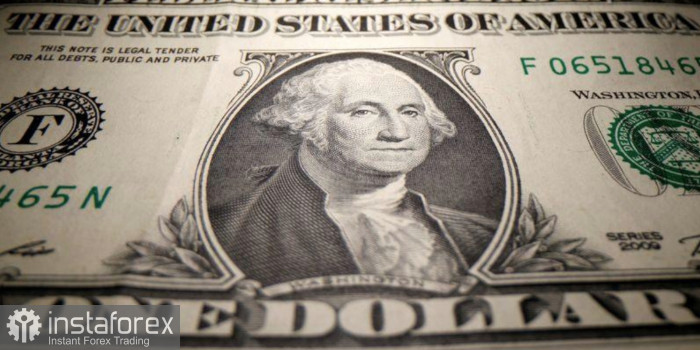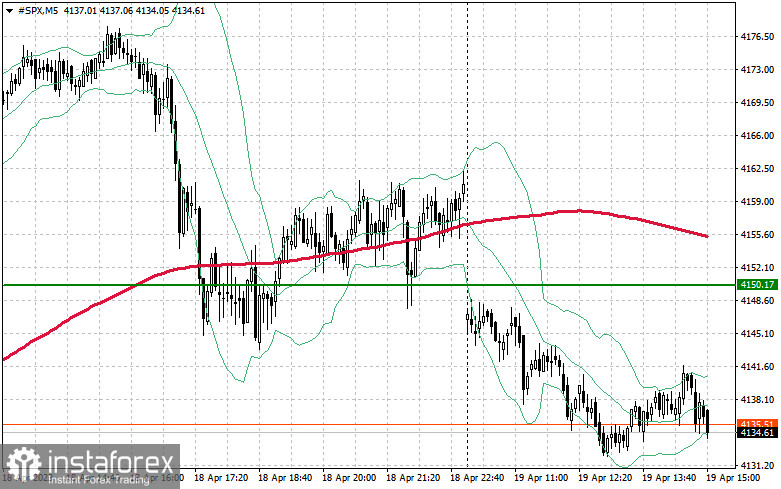US stock index futures are trading in negative territory on Wednesday, alongside European equities, as bond yields rise amid continued reports of corporations suffering from high inflation and interest rates. Nasdaq 100 futures, sensitive to interest rates, have fallen by roughly 0.8%, while S&P 500 contracts are down by 0.5%. The yield on 10-year Treasury bonds has increased by 4 basis points.

As mentioned earlier, against the backdrop of ongoing hawkish statements from US policymakers, investors are monitoring earnings reports for signs of how central banks' efforts to contain inflation are affecting economic activity. Yesterday's results from major US lenders remain mixed: Goldman Sachs Group Inc. failed to benefit from high interest rates, while Bank of America Corp. exceeded profit expectations. Today, we await the report from Morgan Stanley.
However, as some fund managers note, the focus is now on reducing risks, as nothing good can come from tightening monetary policy by central banks. The Stoxx Europe 600 Index has declined by roughly 0.3%, and shares of ASML Holding NV have dropped by 4.8% after the Dutch chipmaker's earnings report raised concerns about demand prospects amid high prices.
UK inflation data, which remained at elevated levels, led to a rise in the yield on two-year UK bonds by 15 basis points. As for US interest rates, the current target range is between 4.75% and 5%. Interest rate swaps point to a quarter-point increase by the Federal Reserve in May, with rate cuts beginning only in July.

In other markets, Bitcoin has fallen below the $30,000 level. Oil prices have declined as investors weighed signs of reduced crude oil inventories in the US against concerns about uneven demand recovery. Gold and iron ore prices have fallen after Chinese authorities pledged to curb "unwarranted" price increases.
As for the technical outlook for the S&P 500, risk assets remain in demand. Yet, the instrument will extend its rise only when bulls manage to push the price above $4,150 and $4,180. If so, the door will be open to the next level of $4,208. Another task for buyers is to maintain control of the $4,229 level. This will intensify the bullish bias. If the index moves down amid a rising possibility of more rate hikes and a looming recession, buyers will have to assert their strength near the range of $4,116. Otherwise, its breakout will push the price below $4,090 and $4,060 and will pave the way towards $4,038.





















